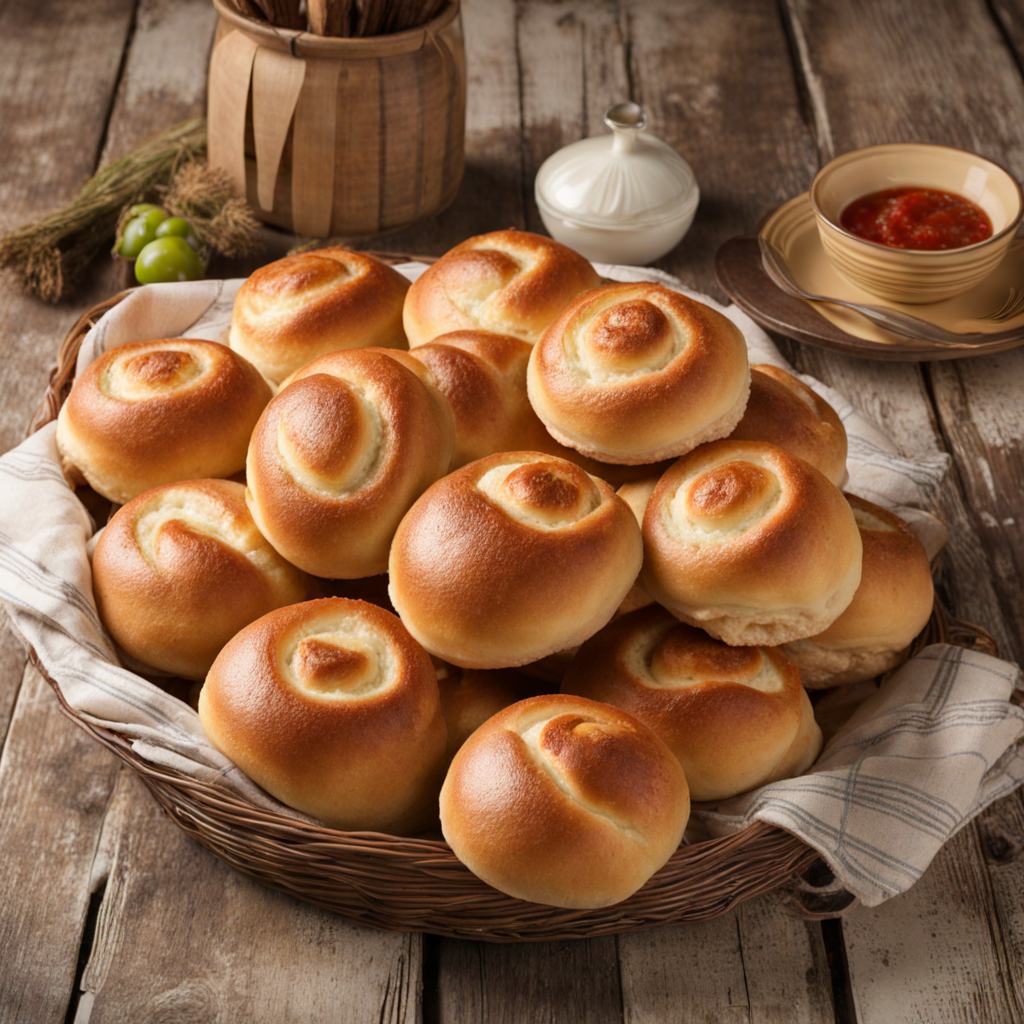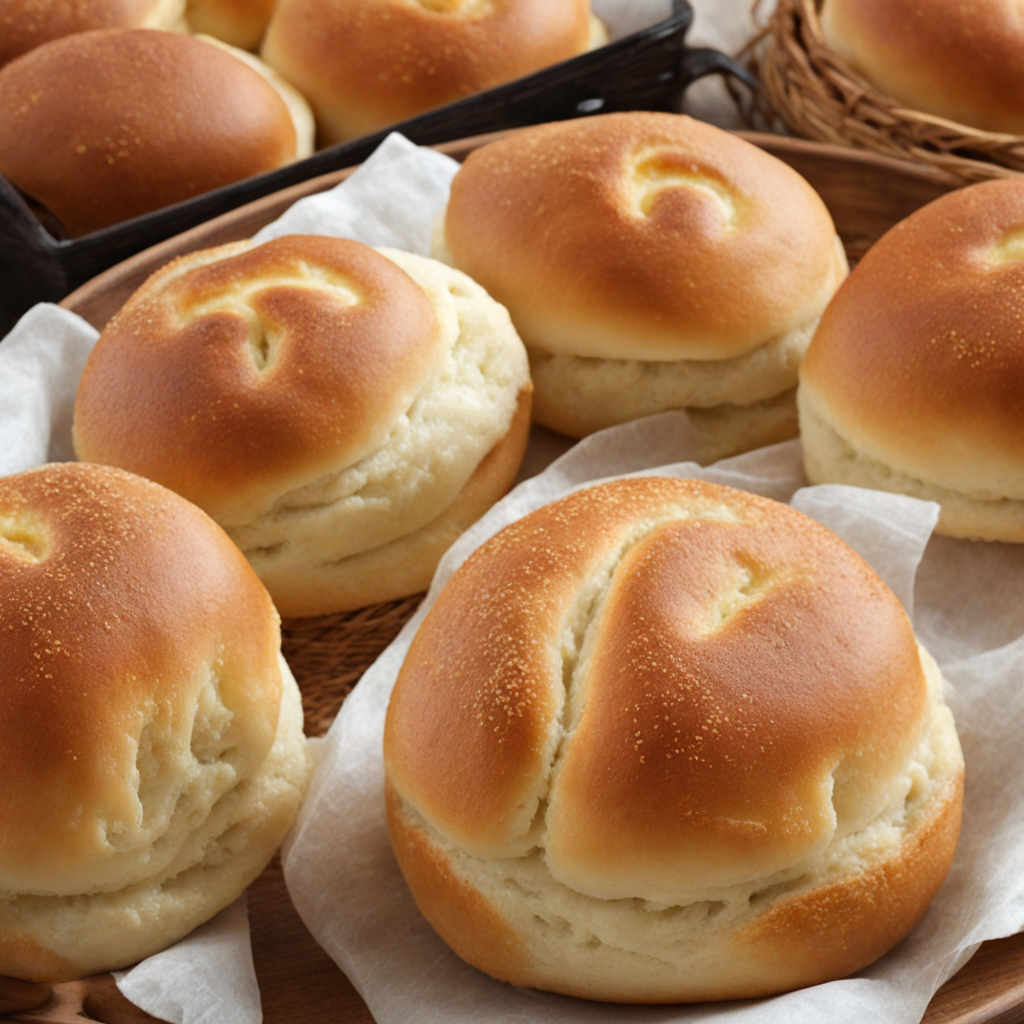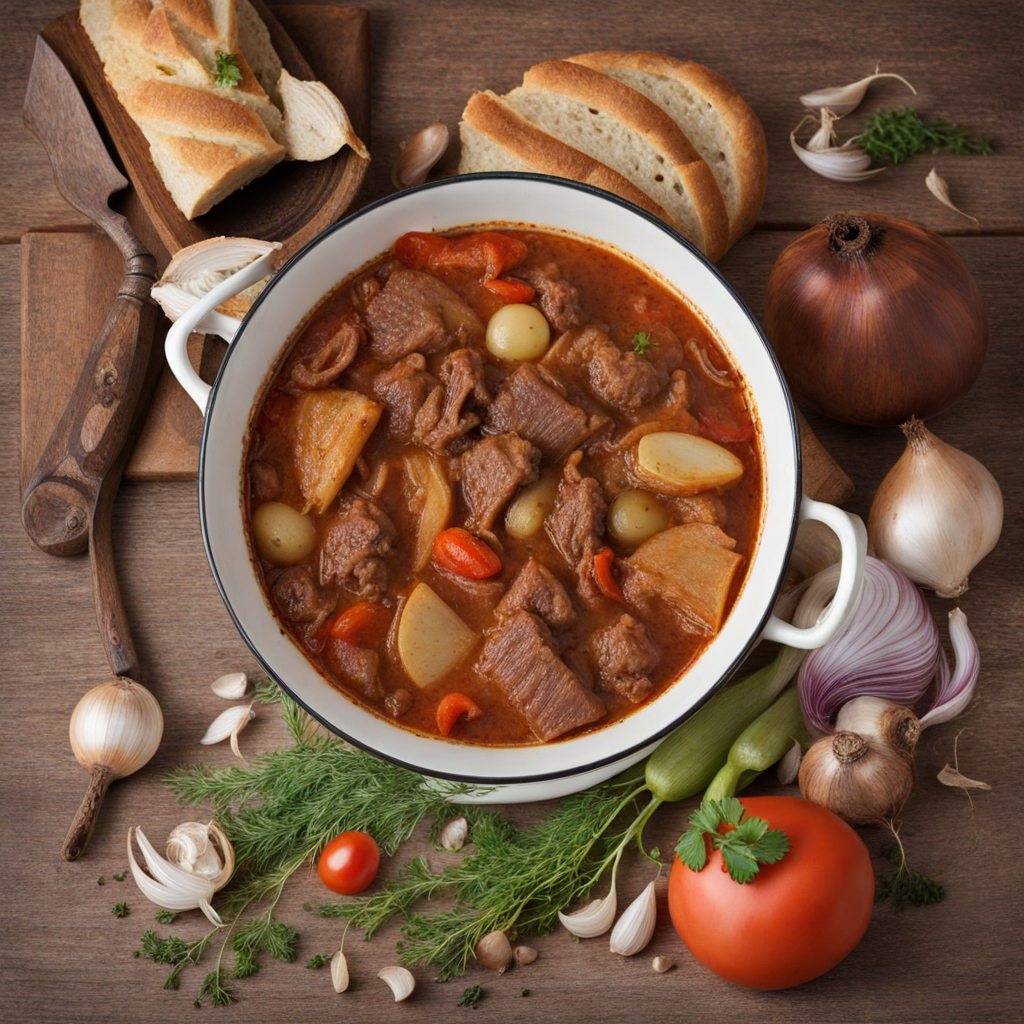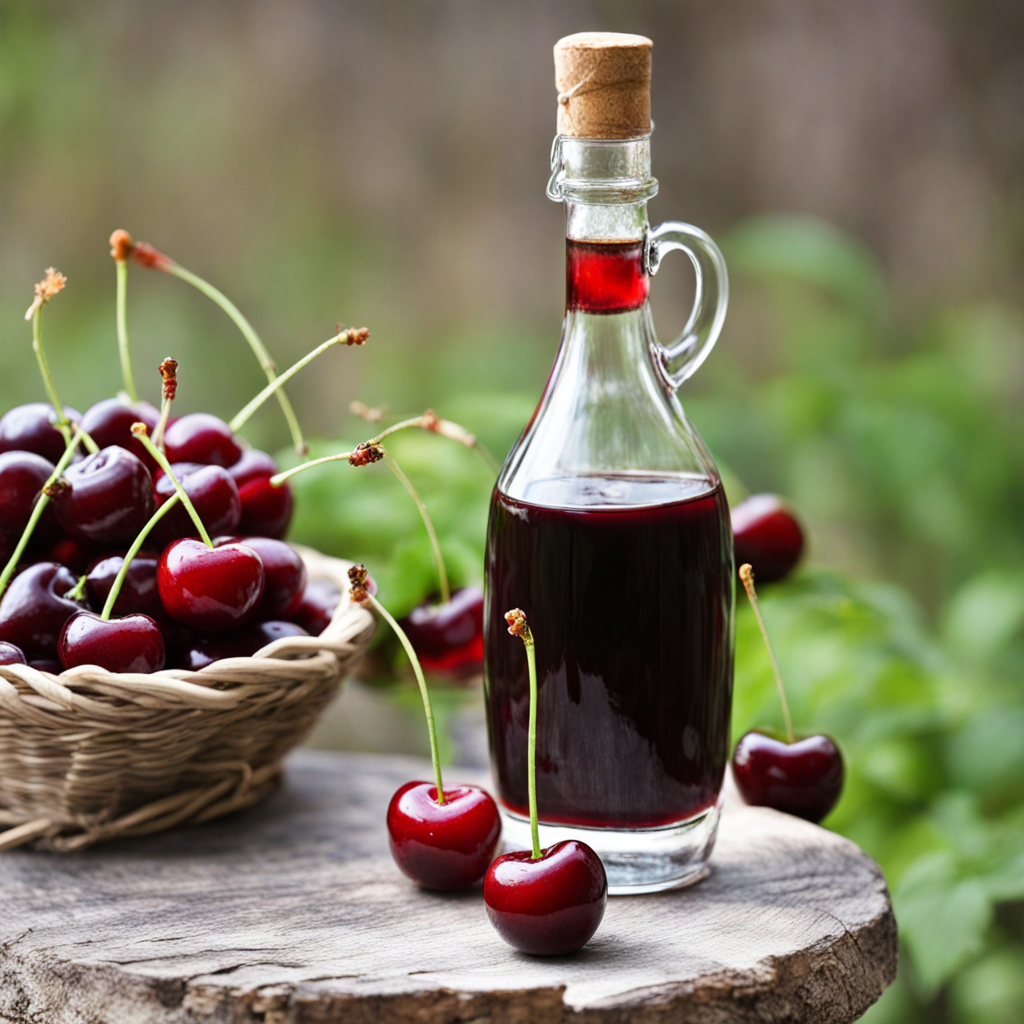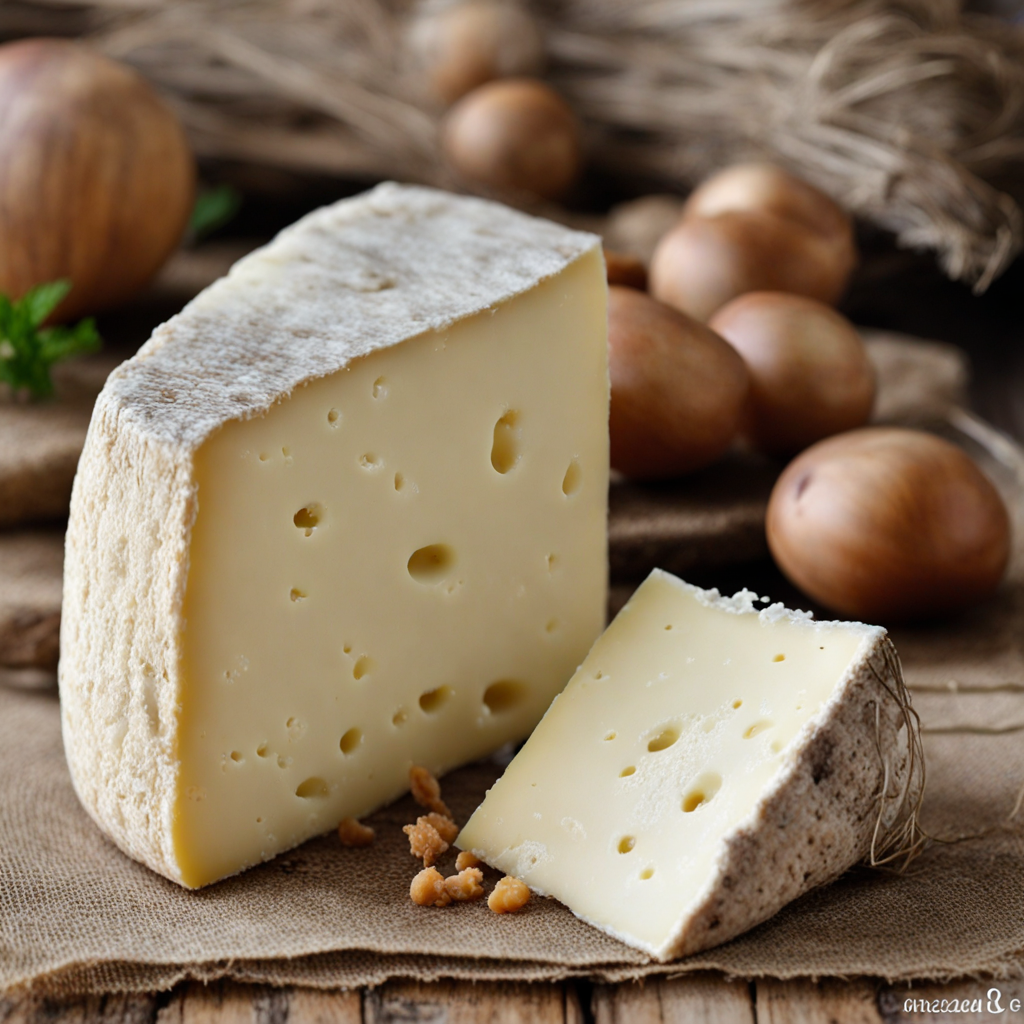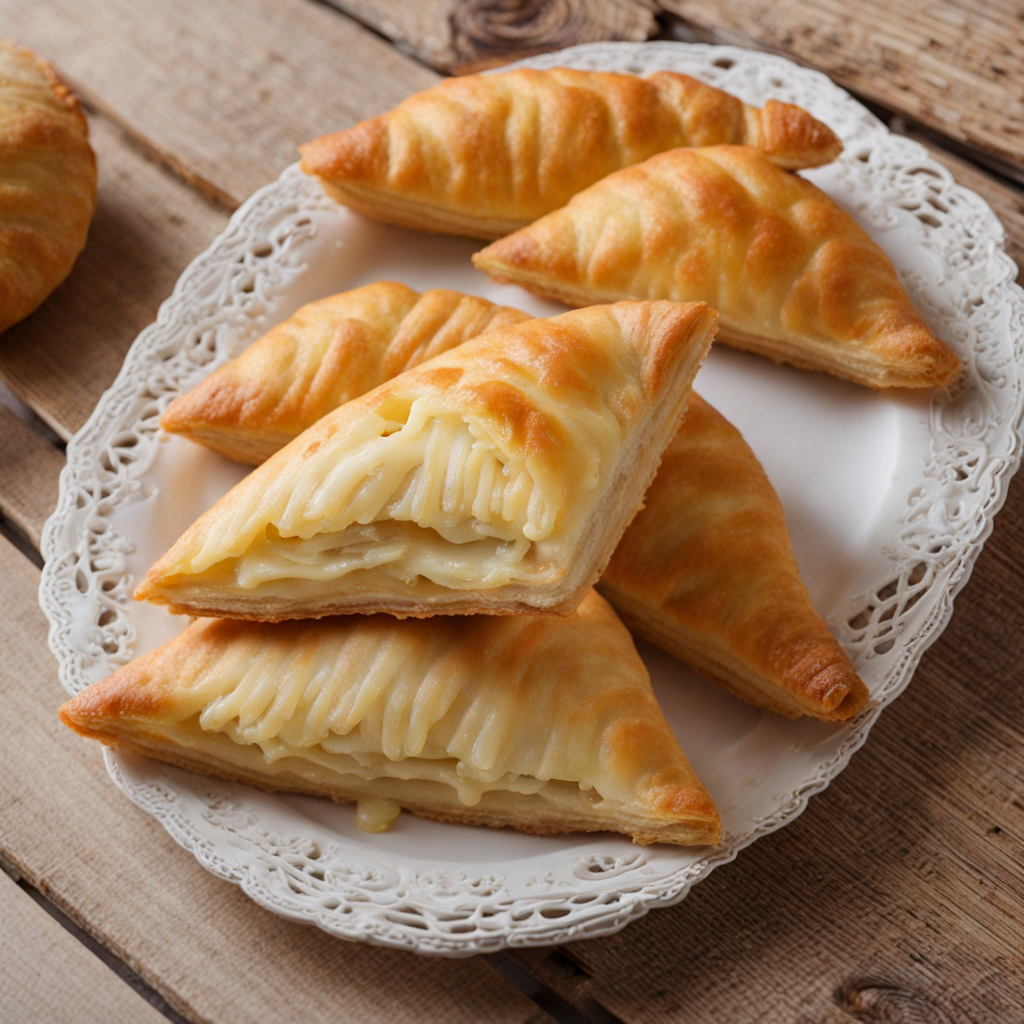Chifle
Chifle is a delightful Moldovan snack that captures the essence of traditional Eastern European comfort food. These small, round breads are typically made from simple ingredients like flour, water, salt, and yeast, resulting in a soft and fluffy texture. The dough is often enriched with milk or sour cream, giving it a subtle richness that elevates its flavor. Chifle can be enjoyed plain, but they are often brushed with melted butter or sprinkled with sesame seeds before baking, adding an extra layer of taste and a beautiful golden finish. What makes Chifle truly special is its versatility. These delightful breads can be served as an accompaniment to a variety of dishes, such as hearty stews and soups, or enjoyed as a standalone snack. Their mildly sweet and slightly tangy flavor profile pairs wonderfully with a range of toppings, from creamy cheeses to savory meats and pickled vegetables. In Moldova, Chifle is often found at family gatherings and celebrations, symbolizing warmth and hospitality, as they are perfect for sharing. For those seeking a new culinary adventure, Chifle offers a taste of Moldovan culture that is both comforting and satisfying. The experience of breaking into a warm Chifle, with its soft interior and slightly crispy crust, is a true delight for the senses. Whether you are dipping them in a rich sauce or savoring them with your favorite spread, Chifle invites you to explore the heart of Moldova's culinary heritage, making it a must-try for any food enthusiast looking to expand their palate.
How It Became This Dish
The Culinary Journey of Чифле: Moldova's Flaky Delight Nestled between Romania and Ukraine, Moldova boasts a rich tapestry of cultural influences, reflected vividly in its culinary landscape. Among its traditional foods, Чифле (pronounced "chifle") stands out as a beloved pastry that has evolved over centuries, encapsulating the essence of Moldovan hospitality, tradition, and agricultural abundance. To truly appreciate Чифле, one must delve into its origins, cultural significance, and how it has developed over time. Origins of Чифле The roots of Чифле can be traced back to the rural traditions of Moldova, where bread and pastry-making were integral to daily life. The name "Чифле" is believed to derive from the Romanian word "chifle," which refers to small bread rolls. This etymology highlights the shared cultural and culinary heritage between Moldova and its Romanian neighbor, underscoring the region's historical interconnectedness. Historically, Чифле was crafted by Moldovan women in their homes, particularly in the countryside. The ingredients were simple yet wholesome, primarily consisting of flour, water, yeast, and salt. The dough was kneaded by hand, a practice that infused the bread with care and love. Over time, the technique for making Чифле evolved to include various fillings, such as cheese, potatoes, or seasonal vegetables, reflecting the agricultural bounty of the land. Cultural Significance Чифле is more than just a pastry; it embodies the spirit of Moldovan hospitality. In traditional Moldovan culture, bread is a sacred food, symbolizing life and sustenance. Offering Чифле to guests is a gesture of warmth and welcome, illustrating the importance of community and sharing in Moldovan society. During festive occasions, weddings, and religious celebrations, Чифле takes on a special role. It is often served alongside other traditional dishes, showcasing the richness of Moldovan cuisine. The act of breaking bread together is a timeless ritual, reinforcing social bonds and fostering unity among families and friends. Furthermore, Чифле is often associated with seasonal celebrations. For instance, during the harvest season, families would bake larger batches to celebrate the bounty of the fields. The dough would be shaped into intricate designs, symbolizing prosperity and good fortune for the coming year. These traditions are not merely culinary but are imbued with cultural narratives that connect generations. Development Over Time As Moldova underwent significant social and political changes throughout the 20th century, the preparation and consumption of Чифле also transformed. The Soviet era, in particular, brought about a shift in food production and accessibility. While traditional methods remained prevalent, industrialization introduced new baking techniques and mass production. This led to the availability of Чифле in bakeries and markets, making it more accessible to the broader population. However, the quality of Чифле often varied, with many opting for convenience over tradition. In response, a revival of artisanal baking began in the late 20th century. Young Moldovans, inspired by their heritage, started to reclaim traditional recipes, emphasizing the importance of local ingredients and time-honored techniques. This movement not only rejuvenated the appreciation for Чифле but also reinforced the connection to Moldova's agrarian roots. In recent years, Чифле has gained popularity beyond Moldova's borders, finding its place in the culinary scene of neighboring countries and the diaspora. Food festivals celebrating Moldovan cuisine often feature Чифле prominently, serving as a reminder of the shared cultural heritage within the region. Chefs and home cooks alike have begun experimenting with modern interpretations, incorporating international flavors while retaining the essence of the traditional pastry. Modern Interpretations and Fusion As globalization continues to influence culinary practices, Чифле has evolved further, embracing fusion and contemporary flavors. Modern bakers experiment with a variety of fillings — from traditional cheese and potato to innovative combinations like spinach and feta or even sweet versions filled with fruit preserves. This adaptability speaks to the resilience of traditional cuisines, allowing them to remain relevant in a rapidly changing world. Moreover, the rise of local and organic food movements has encouraged a return to traditional baking methods. Artisanal bakeries across Moldova and in diaspora communities are increasingly prioritizing sustainable practices, using locally sourced ingredients to create authentic Чифле that honor the past while looking toward the future. This resurgence not only preserves the culinary heritage but also supports local farmers and economies. Conclusion Чифле is more than just a pastry; it is a symbol of Moldova's rich history, cultural identity, and communal spirit. From its humble beginnings in rural kitchens to its modern interpretations in bakeries and homes, Чифле has endured the test of time, adapting to the changing world while remaining deeply rooted in tradition. As Moldova continues to navigate its identity in the global landscape, Чифле stands as a delicious reminder of the importance of heritage, hospitality, and the simple joy of sharing a meal with loved ones. In the end, whether enjoyed fresh from the oven at a family gathering or as a street food delight, Чифле represents the heart of Moldovan culinary culture — a flaky, flavorful journey through history that connects people across generations and borders.
You may like
Discover local flavors from Moldova


